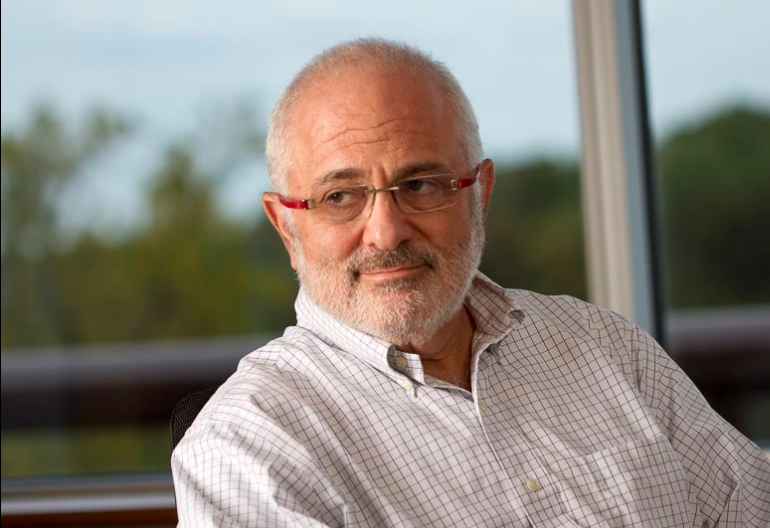One of the challenges of practicing medicine, day after day, month after month, year after year is seeing each patient at each encounter as a new and unique experience. For the patient, who has a problem that is unique to them at that particular appointment (that is why they are there seeing the physician), they expect nothing less however they often receive a quick response from the physician, who sees a common issue which is the same as he or she has seen thousands of times before. The danger that lurks for both physician and patient (more for the patient) is that the difference between a common harmless problem and an unusual dangerous problem is often extremely small and the physician must be open to the possibility and be actively looking for the unusual to be a good physician. Due to a number of factors, including the financial incentives and the insurance company and government requirements, the physician is often concerned with efficiency, productivity, and compliance with regulations rather than with thoughtful evaluation of the unique person and problem sitting before them. That leaves the patient with a doctor “going through the motions” and a doctor often unhappy with their practice.
Mindfulness Medicine
With physicians spending less than ten minutes with a patient, and payment systems pushing more doctors away from spending time with patients, how do we encourage thoughtful evaluation of every person in every encounter with a doctor. A term, mindfulness medicine, has been coined to describe how we want a physician to act when he or she sees a patient. A recent article in the Journal of the American Medical Association defined that term as “a quality of awareness that includes the ability to pay attention in a particular way: on purpose, in the present moment, and non-judgmentally. Mindfulness includes the capacity for lowering one's own reactivity to challenging experiences; the ability to notice, observe, and experience bodily sensations, thoughts, and feelings even though they may be unpleasant; acting with awareness and attention (not being on autopilot); and focusing on experience, not on the labels or judgments applied to them.” In that article, the authors described a course of study for physicians to teach them mindfulness medicine and assessed the impact on the physicians’ satisfaction with practice and found that the doctors involved gained much more satisfaction following the course of study and were also more attentive and empathetic with patients. But what about the patients? Was the care improved?
Reflexive versus Cognitive Care
We do know that empathetic physicians tend to listen more effectively and that should improve care. Care today is often reflexive, that is a doctor doesn’t really think about what is unusual concerning a patient but rather hears “runny nose” and reflexively thinks upper respiratory infection, and not leaking cerebral spinal fluid from the brain. Usually that is fine (as a doctor can go through an entire career and never see a runny nose that isn’t just a runny nose). However if the doctor misses the unusual aspect that can make that runny nose indicative of a brain problem, that could be a deadly mistake. In my career of trying to influence medical care through managed care techniques, my goal has always been to build programs that foster thinking, or cognitive care and try to fight reflexive care. Doctors tend to be smart and highly trained but they are human and often have to be shaken out of complacency that comes from routine. The trick of reminding them of their intellectual roots can be challenging, especially in view of the many forces pushing them in the opposite direction.
Mindfulness, Health Economics and Reform
In the latest issue of the New England Journal of Medicine, there is a roundtable discussion with Drs. Atul Gawande and Elliot Fisher who are both physicians and Professors Jonathan Gruber and Meredith Rosenthal who are both health economists. All are expert in areas of health policy and the effects of payment systems on physician practice as well as expert on the details of the various iterations of the proposed health reform packages. At one point, Dr. Fisher says “Fee for service does not pay for us to have long conversations with our patients. When we're feeling constrained, it's much harder for us to have that long conversation with a patient with heart failure to see if we can safely manage them at home. The default position in many communities becomes, "Gosh, I'm too busy. I better send them to the emergency room." Does any version of the current health reform bill address this? While in the published article, which leaves out parts of the conversation, this issue is not addressed, the full transcript available on the NEJM website does reveal Professor Gruber addressing it by saying, “The problem is, we’re pretty far from legislative language. And there’s not that, quite frankly, can be in a bill by October 15th or by November 15th or probably even in the next couple of years. My feeling is, as we look to this round of reform, the science of coverage has gotten so far past the science of cost control that that’s why I feel like the President, on one level, did a bit of disservice holding up cost control as such a key feature of this round of reform.”
The Short Term Answer
Until payment systems can encourage doctors to spend time and think, rather than encourage them to act reflexively, we will need to hope that more educational programs to teach mindfulness like the one described above are put into place. As patients (and all of us are patients at some point) we also need to demand that from our doctors every time we are at an appointment. That means going in to an appointment prepared to ask questions and to find ways to get the doctor to think about us differently even if only for the ten minutes he or she is with us.



